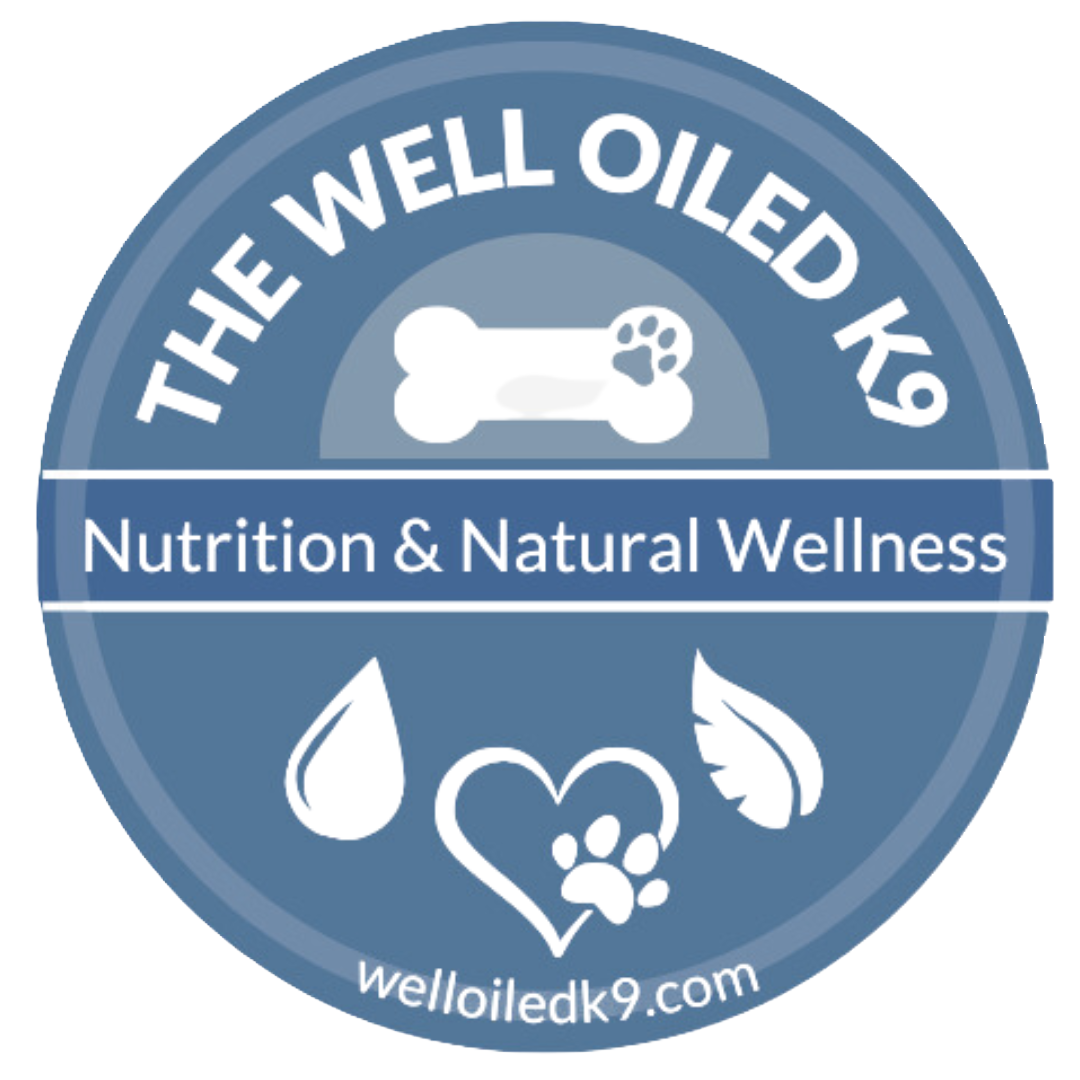Types of Raw Dog Food
Feeding Raw Dog food has become an important topic. And many people are exploring feeding their dogs raw food. But it can be confusing and many people use the term in a variety of ways. To say you “feed raw” doesn’t always mean your dog is getting a healthy nutritious meal. Just because it’s raw meat — doesn’t mean it’s healthy. There are key nutrient profiles (vitamins, minerals, fats, amino acids, enzymes, essential fatty acids, etc) that must be met to keep your dog healthy through all life stages.
The 80/10/5/5 Raw Dog Food Diet
These feeders are purists and believe in a 100% carnivorous diet. 80/10/5/5 feeders provide 80% muscle meat protein & fat 10% Bone 5% Liver and 5% other Offal. There are no other food offerings in these diets — no veg, no fruit, no carbohydrates, etc. Proteins can be from any part of an animal. The key to a diet like this is a good source for your proteins, variety in the source of your meat products, and having plenty of time & freezer space.
Prey Model Raw Dog Food Diet
Fur, Feathers, Pancreas, Brains, Intestines, and all of the whole prey animal. For many, these are often Whole Chickens, Whole Turkeys, Rabbits, Ducks, Doves, Squirrels, etc.
BARF Raw Dog Food Diet
The BARF diet - biologically appropriate Raw Feeding. This model of feeding believes that your dog can and should have some veg, fruit and even seeds and nuts in the diet.
70% Muscle Meat /10% bone /7% Vegetables /5% Liver /5% Offal /2% Seed and Nuts /1% Fruit
If you are going to feed a prey model diet or 80/10/5/5 I encourage you to do your research extensively before beginning. Like all diets — they are not one-size-fits-all. No diet is one size fits all, especially if your dog has current health concerns.
Butcher Blends Raw Dog Food
Many local butchers have jumped on the raw dog food feeding train as a way to service their customers & use their left-over product. It’s seldom “muscle meat” as in the chicken breast or thighs, or even ground round — it’s often hearts, parts & pieces left over. Muscle meat is an important ingredient. We love the butcher — you can get many great ingredients for your dog — bones, organs, meat varieties, etc. Most butcher blends that I have seen follow the 80/10/5/5 ratios. But the challenge I have come across for many of my clients is blended proteins — including lots of chicken that is a problem for inflammation, allergies, aggression, etc. We believe it’s better to rotate your proteins not feed them all in the same bowl day after day to support the digestive system effectively. Variety helps avoid creating a food sensitivity with repeated use of the same foods over and over. The variety allows for customization for life stages, healing requirements, etc .
Many butcher blend feeders don’t realize they need to be sure their dog is getting an Omega 3 source or other vitamins and minerals that might be missing with constant use of the same meat blend week after week.
Freeze-Dried Raw Dog Food
The ingredients of the recipe are all freeze-dried using temps below freezing and vacuum pressure to extract moisture from the ingredients. This process does preserve nutritional value, flavors, and extends shelf life beyond fresh foods. Commercially prepared, these foods are important to understand and trust the manufacturer, quality control & handling, the nutritional profile, testing requirements, distribution, and recall issues.
Dehydrated Raw Dog Food
Ingredients of dehydrated dog food have all the moisture removed from the food by a process of very low temperature and circulating air. Before serving these foods to our dogs, they are generally rehydrated with water before serving.
One concern I have about freeze-dried and dehydrated raw dog foods that include dehydrated or freeze-dried meat is the inability to rotate your proteins frequently. We often find blends of proteins in these diets which can be problematic for dogs with food sensitivities, following the 5-Element Theory, and many of the benefits we discuss regarding rotation & variance.
Many of these foods still have a significant ratio of carbohydrates as it’s a much cheaper ingredient. Read your label.
Volhard Dog Nutrition Dehydrated base-mix
By definition Volhard mixes are a dehydrated base mix. It’s everything you need but the protein. It is only complete when you aid your fresh protein of choice to the bowl after rehydrating the base mix. This makes it easy, convenient, and far less chopping, shopping, and calculating to ensure your dog is getting the nutrients they need & diets that can be customized specifically for your pet
Volhard Dog Nutrition foods are optimal nutrition, human grade ingredients in a human grade facility, and are tested 3 times before making their way to your dog.
Volhard Dog Nutrition products will be delivered directly to your door! And as a customer using my affiliate link your nutritional coaching on these products is at no added cost to you.
Need help getting started with these products — schedule a quick inquiry call today.
Learn more about Volhard: https://bit.ly/3oA0cHx
Refrigerated Fresh or Rolled Dog Food
These foods are sold in refrigerated sections of your local retailers. They will have shorter shelf lives and often chunkier ingredients to be visually appealing to your eyes. Your dog doesn’t care. These foods are generally not raw. They are pasteurized in the same way milk would be. Nutritionally, they can still contain lower quality ingredients than you may expect, include more carbs than desires, and frankly are really just visually appealing canned food in fancy packaging. Often, these foods contain something called carrageenan to make it stick together. Carrageenan is not a healthy ingredient (google it).
These foods can also get moldy if they are not stored, transported and stored properly.
Be sure to review why I chose Volhard Dog Food as my preference.
